
1908 - 1974
Yevgeny Vuchetich
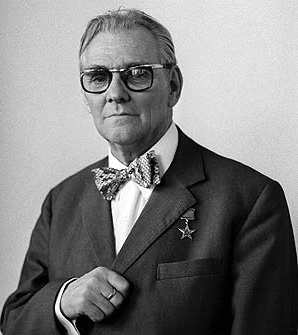
description
A Russian sculptor-muralist, master of the portrait genre in marble and bronze, professor, an author of theoretical works on monumental art.
The natural talent allowed Vuchetich to become one of the most prominent representatives of “Soviet classicism”, whose works are known in many countries of the world. He was repeatedly awarded the Grand Prix of international exhibitions; his merits were evaluated by six USSR state awards, as well as the J. Nehru Prize.
The sculptor was awarded medals and orders (including as a participant in the Great Patriotic War), was Vice-President of the Academy of Arts; he became a Hero of Socialist Labor and People’s Artist of the USSR.
In his works, Yevgeny Vuchetich depicted the most significant events in the history of his country; the images of his works symbolize the military and labour heroism of the people. Such subjects determined the dramatic nature of his creations, which, however, always were life-affirming.
The most significant in scale are his sculptural ensembles in Berlin Treptower Park and on the Volgograd Mamaev Kurgan. The sculpture “Motherland Calls” was inscribed as the tallest non-religious statue in the world in the Guinness Book of Records.
Key ideas:
– Studying at the art school of Rostov-on-Don, the young sculptor was fond of depicting battles and horse-racing men striking the enemy. In his early works, we can feel the strong temperament of the sculptor, striving to convey romance, the life expression of events.
– Having become one of the creators of the special style of “Stalinist classicism”, Yevgeny Vuchetich, using the power of realistic generalization, recreated the most important events in the history of the country; the images he created most often had the meaning of a heroic symbol.
– As a monumentalist by the nature of his talent, Vuchetich introduced modern plasticity into his designs with its tendency towards grandiose ensembles that amaze the viewer’s imagination. This applies primarily to multi-figure plot high reliefs.
– Vuchetich made a considerable gallery of sculptural portraits of heroes of the war, in which he also took part. Working in bronze and marble, he tried to find new compositional solutions. Some busts are created in the style of solemn baroque, in others, following the traditions is observed (in particular, the sculptor loved the work of Fedor Shubin); in other statues, there is either romantic excitement or pathos of drama.
– Working in collaboration with architects, Vuchetich thought globally and designed dozens of sculptures and monuments that were included in one memorial and complemented each other, making up a peculiar story about historical events.
1908
1926
1931
1935
1937
1940
1943
1946
1957
1958
1972
1974
Yevgeny Vuchetich was born into a Serbian family from Montenegro
Entered the Rostov art school
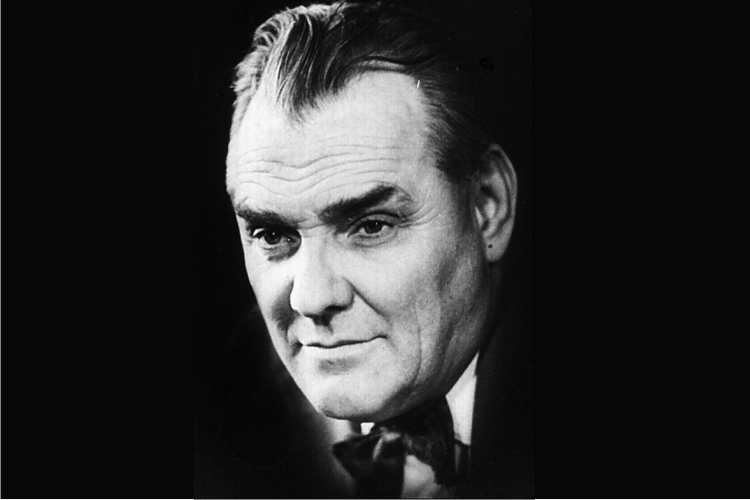
He studied at the Leningrad Institute of Proletarian Fine Arts

He moved to Moscow

“Clement Voroshilov on horseback”

He volunteered for the front

He was appointed a military artist
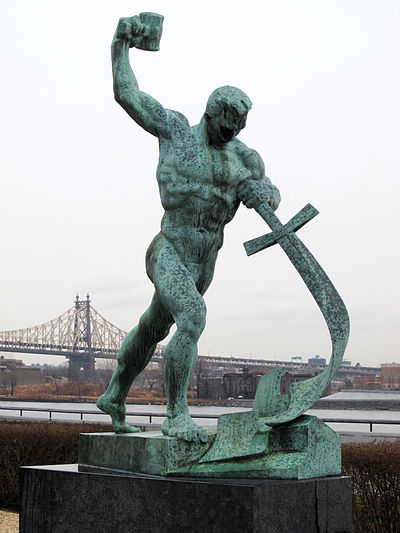
He was awarded the Order of the Patriotic War of the 2nd degree
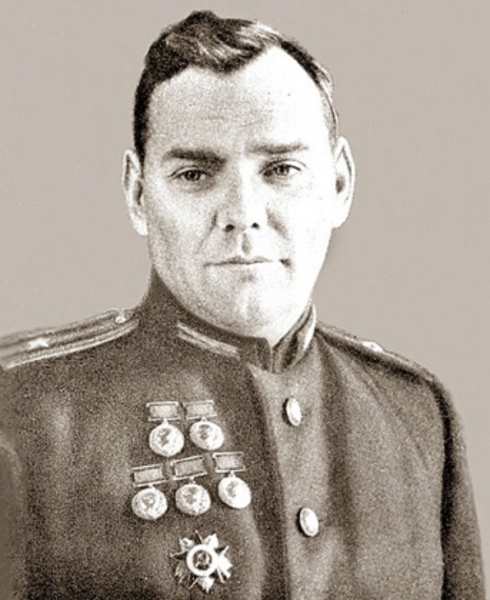
“Swords to ploughshares”
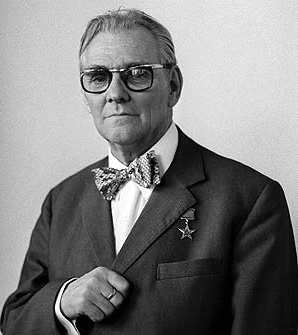
At the World Exhibition in Brussels, three of his works were awarded the Grand Prix
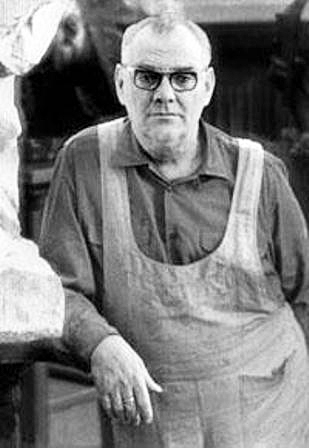
"Motherland"
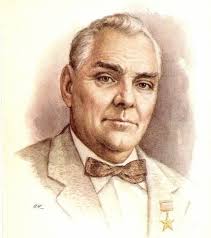
The death of the artist

Yevgeny Vuchetich
On Artist
flow
Symbolism
Classicism
Baroque
Realism
friends
Vladimir Schuko
Sarah Samuilovna Valerius
Igor Evgenievich Svetlov
Veniamin Alekseevich Dyomin
Vasily Zakharovich Boroday
artists
Andrey Semenovich Chinyonov
Anatoly Mukhin
Alexander Terentevich Matveev
Boris Ivanovich Yakovlev
By Artist
flow
Socialist realism
friends
Yakov Borisovich Belopolsky
artists
Anatoly Novikov
Leo Maistrenko
Alexander Tyurenkov
